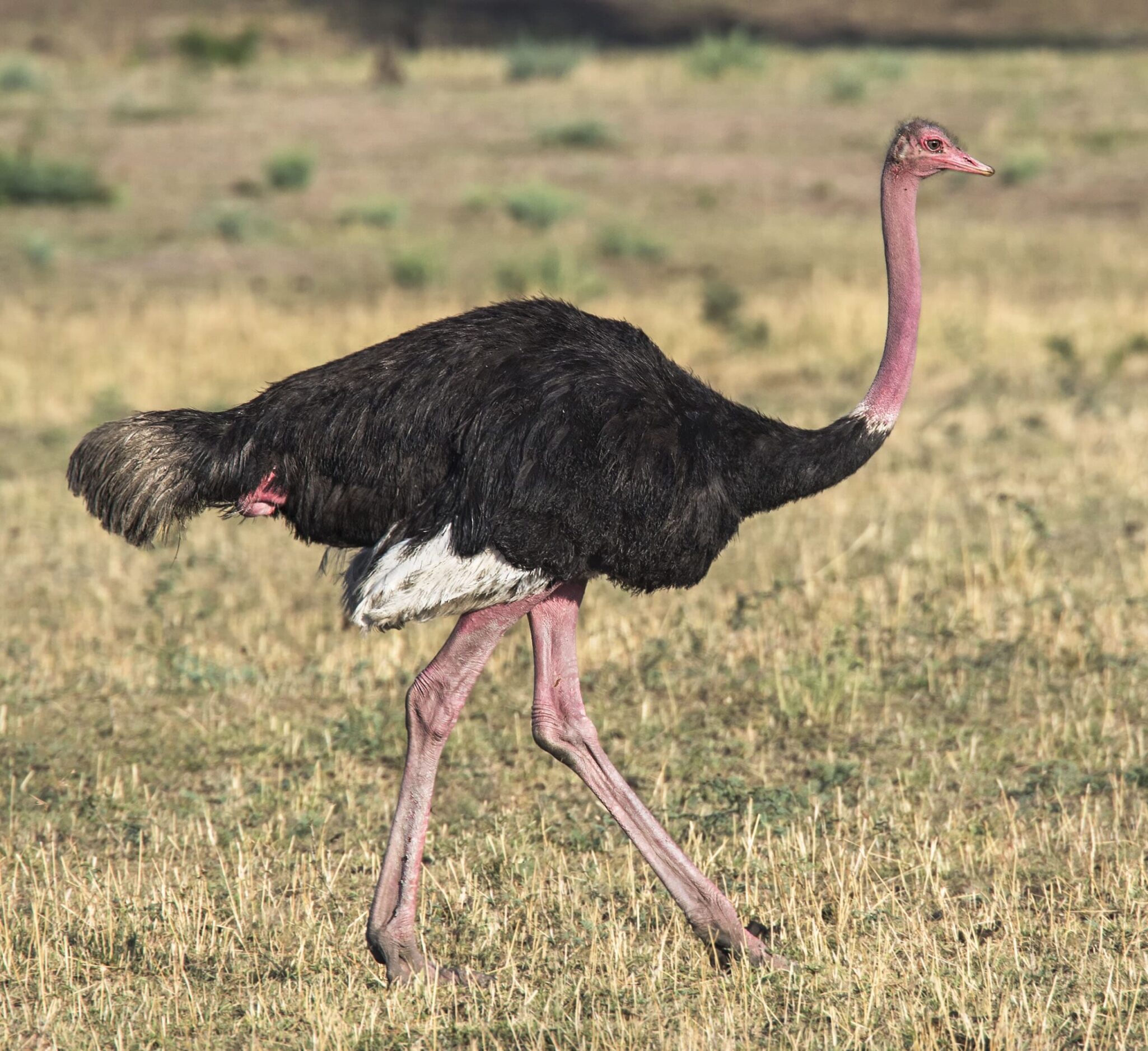
Our perception of birds as being messengers and bringers of fortune and goodwill is linked to their ability to fly. Throughout human history, we have celebrated bird flight in song, poetry, art and religion. But what of birds that do not leave the ground? Are they any less worthy? Evolution has ensured these birds have a few tricks of their own under their wings.
Emus, rheas, ostriches, and penguins are collectively known as “flightless birds”, no longer taking to the sky, but instead bounded by gravity. The environmental niche they occupied for millennia had no natural predators, therefore evolving to no longer require flight. Unfortunately for the dodo and countless other unknown species, in a relatively short space of time in comparison, humanity happened, hunting them with ease for their meat and introducing predators into their safe habitats.
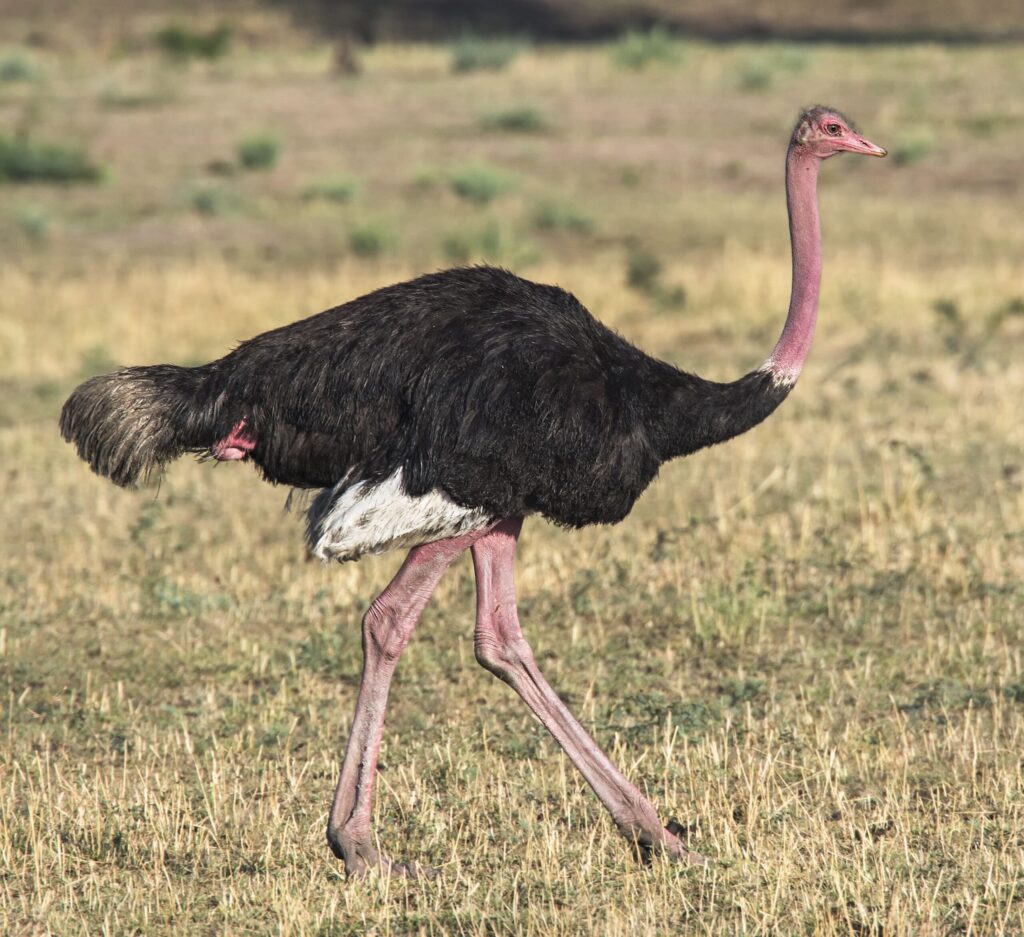
When added to a word, the suffix -less usually implies that something is deficient, or lacking. Pointless, tasteless, useless. By bracketing these species under the term flightless, the tendency is to focus on the one thing it cannot do, rather than all the other things it can. But these species exhibit unique traits that set them apart from all those other birds with the everyday ability to fly.
Our first two birds belong to a group known as ratites, which comes from the Latin ratis, for raft – referring to the flat breastbone these birds possess. Flying birds have a sternum shaped like a boat keel to maximize flight muscles. In ratites, a keeled sternum would adversely affect their center of mass and balance as they navigated the land.
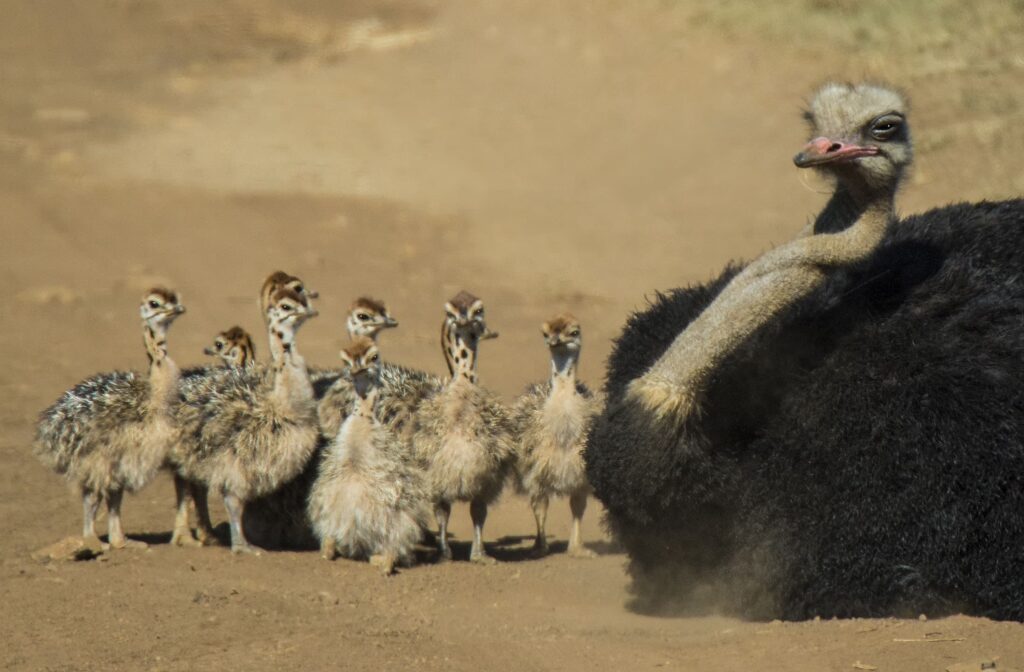
Several things strike you at once when you look at an ostrich – their size, of course, the fact they still have large wings, and those amazing legs. Ostriches are the largest living bird species on the planet; males can be up to 2.75m tall and females are a little shorter at just under 2m.
Cheetahs may well be cited as the fastest land mammal, but it is unable to sustain its top speed of 130km/h for longer than 60 seconds; an ostrich can sprint over 70km/h for up to 30 minutes. Whilst their large wings may not lift them off the ground, they are perfect as rudders, helping the speeding bird easily change direction, and acting as brakes similar to a parachute. Those long muscular legs are their main defense system – an adult ostrich can deliver a kick with a force of 140kg per square centimeter, which is more than capable of killing a lion.
Ostriches do not bury their heads in the sand, however; this myth persists and is one of the oldest in the world, mentioned even in Roman times. As they only live in open country on the African continent, ostriches make their nests in the sand; it is thought the myth originated by lateral observers not quite able to see that they are just rotating their eggs during incubation.
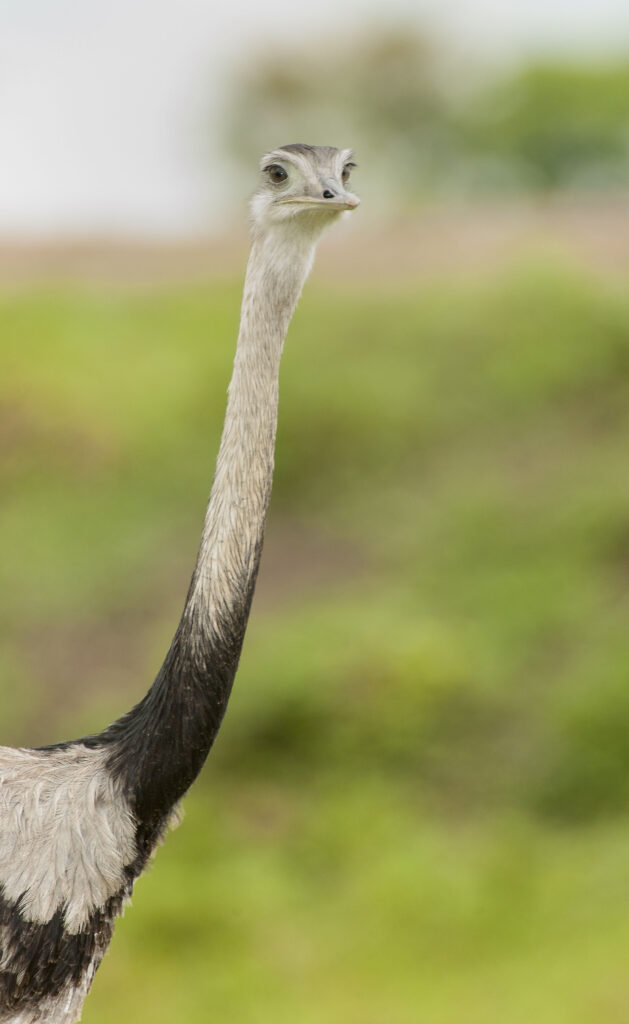
Rheas are distantly related to ostriches but inhabit a whole other part of the world in South America. They are named after the Greek Titan Rhea, a mother goddess in Greek mythology; her name means ground. As they run, they raise and drop their large wings to help them steer as they weave in a zig-zag fashion, giving them their other name: ñandú guazu which means big spider in the Guarani language.
The Greater Rhea is classed as Near Threatened by the IUCN, a matter of grave concern as they are one of the most efficient ecosystem service providers in the world: rheas do not eat cereals, instead consuming a vast number of grasshoppers, locusts, and other insects considered pests in agriculture. They are also one of the few species that can consume Hymenoptera, the stinging insects. They eat flies that gather on carrion as well as dead or dying fish in the dry seasons. Their disappearance could spell disaster for humanity.
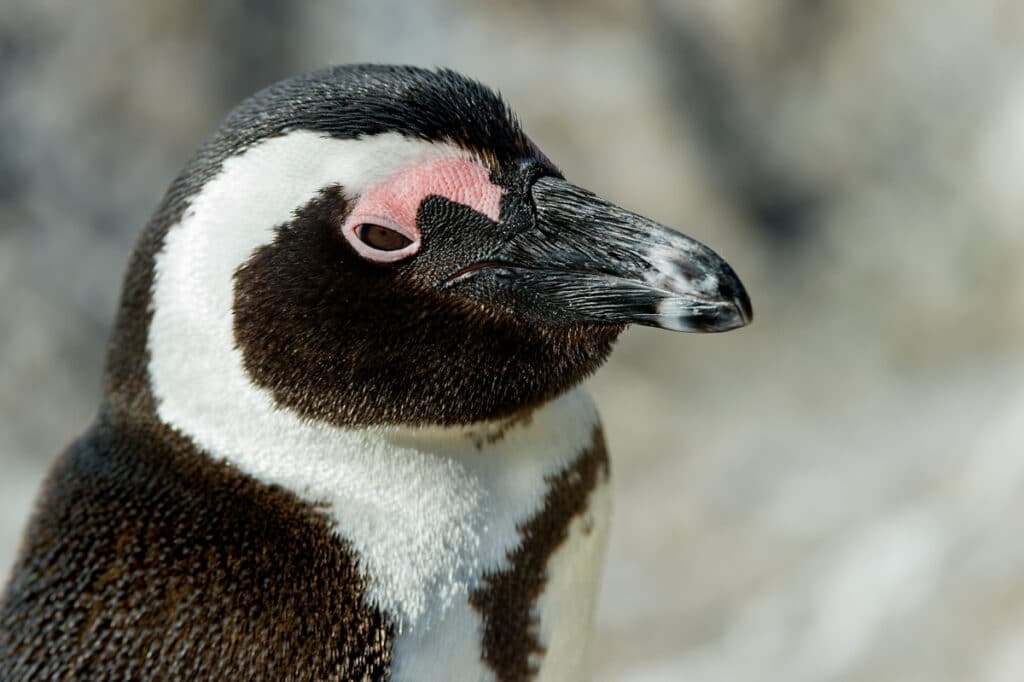
Another bird that does more than fly is the penguin. They do possess a keeled sternum, which supports the exceptional musculature that forms their flippers; wings turned up to the max. Penguins are phenomenal swimmers, gliding as gracefully through the water as if air. Whilst they do have to be wary in the water from predators such as leopard seals, they have no natural land predators. Here, their main concern is the utter miserableness of the Antarctic winters. Covered in a layer of fat called blubber, penguin feathers have adapted from the long frail structures that flight birds have to short sturdy ones, underlaid with thick down, with interlocking barbs trapping in body heat.
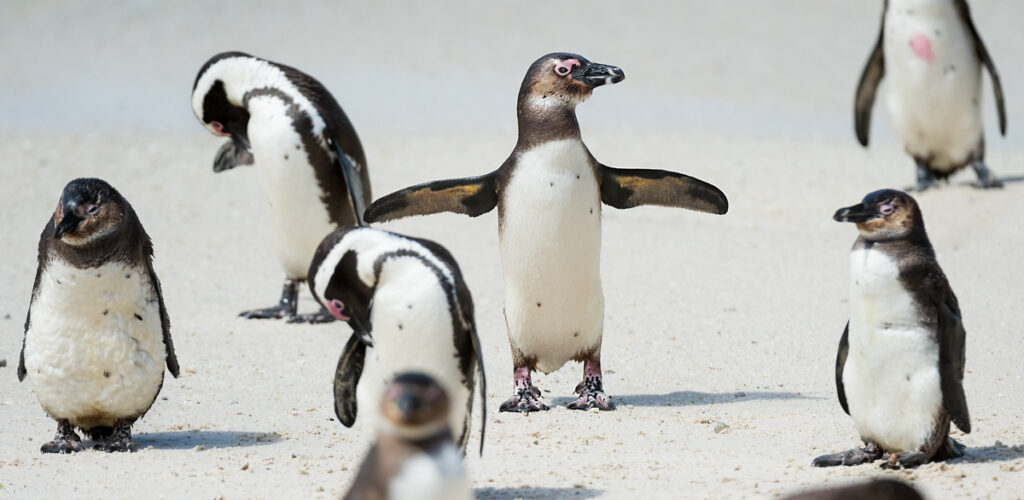
Penguins don’t just live in Antarctica, however – one species, the aptly named African penguin, inhabits southern African waters. Their black-and-white banding is a form of protective coloration known as countershading. The white undersides are difficult to spot by predators under the water and the black back blends in with the water when viewed from above. Owen took these photos of this remarkable species whilst on a trip to Simon’s Town in the Western Cape in 2015.


